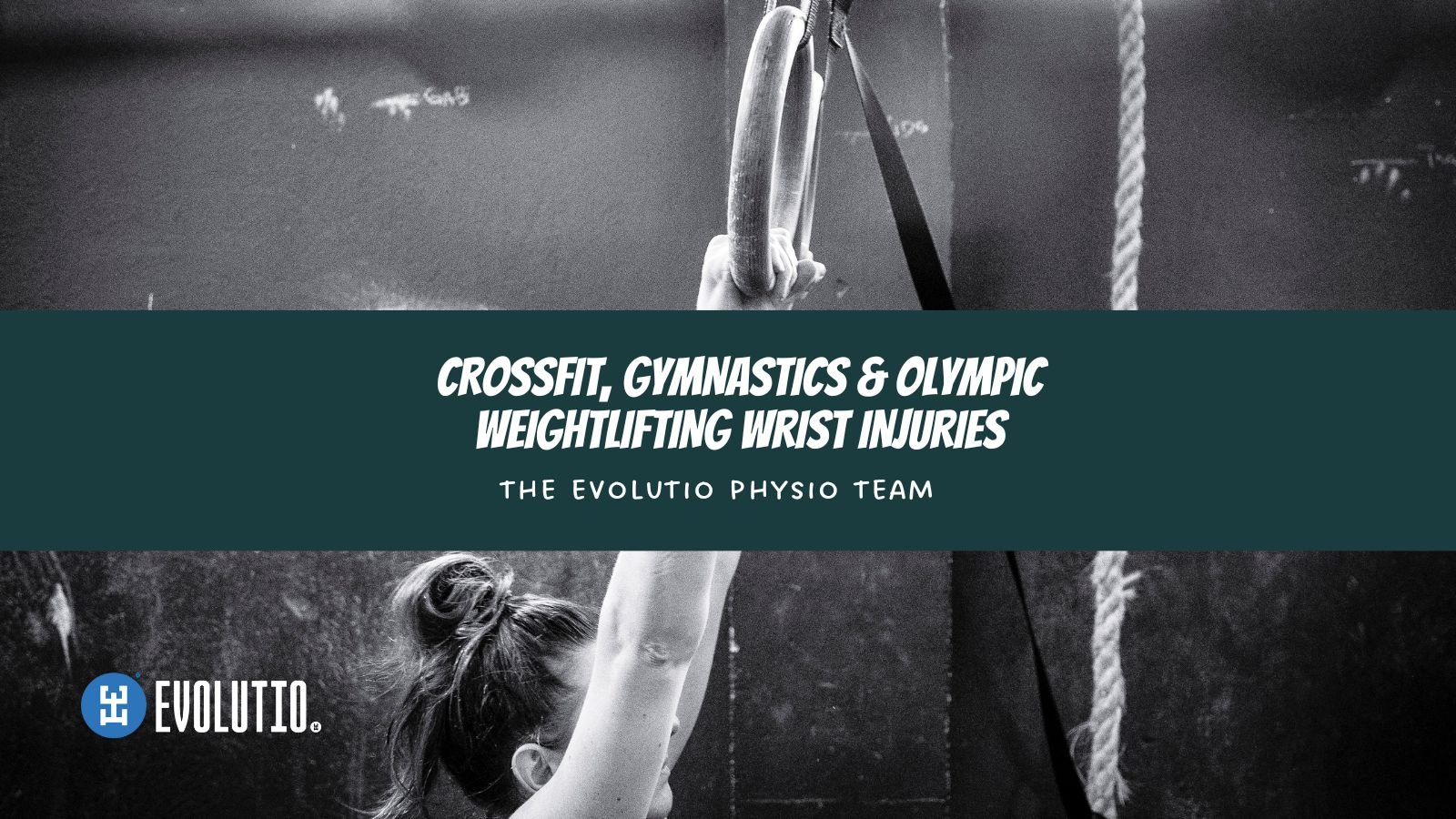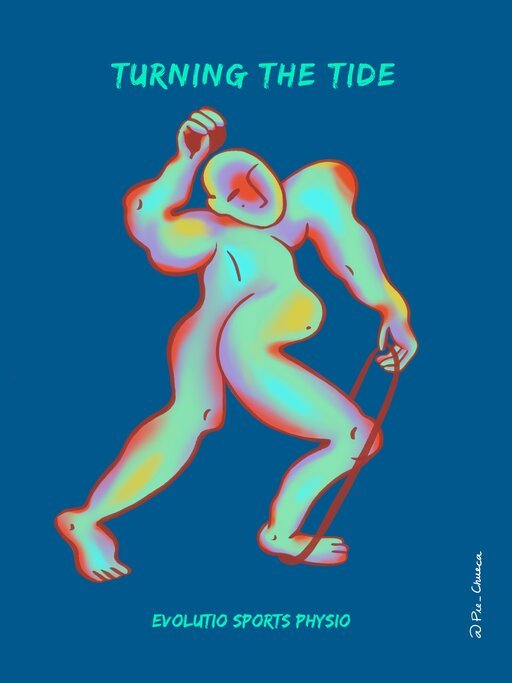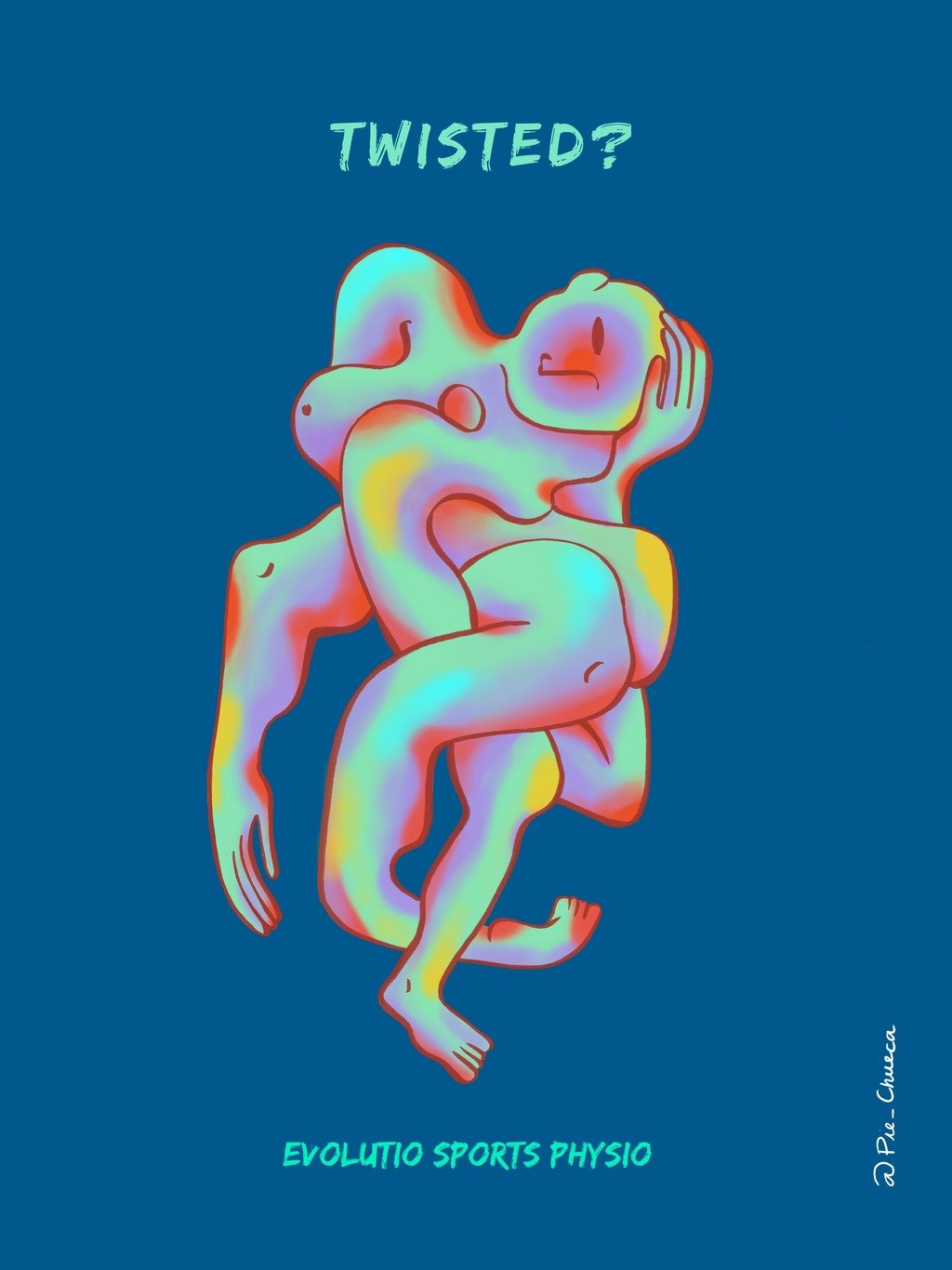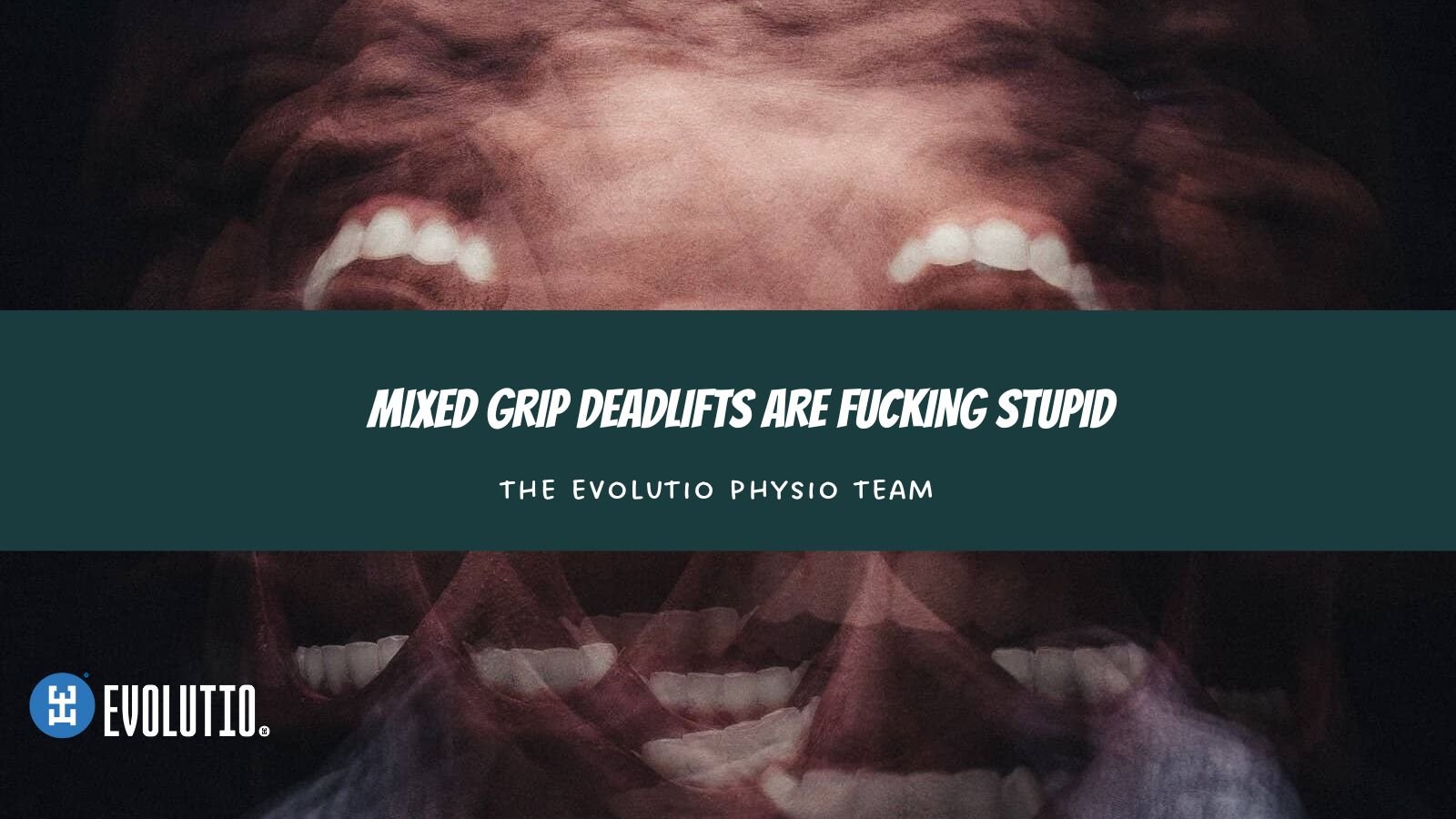
Lat Muscle Pain Relief: 7 Proven Exercises + Expert Treatment Guide
Felt that sharp pain in your back during your last set of pull-ups? Woke up with a deep ache along your side after pushing through that challenging workout? You're dealing with latissimus dorsi pain – and you're not alone.
At our Richmond clinic, we regularly treat active professionals who've strained their lats during specific activities. Most commonly, we see lat injuries from CrossFit enthusiasts who've overdone pull-ups, rock climbers who've overreached on challenging routes, swimmers pushing through high-volume training, and weekend warriors who've gone too hard too fast after time away from training.
What makes lat pain particularly frustrating is how it limits so many movements. Suddenly, reaching for your coffee cup hurts, putting on a shirt becomes uncomfortable, and your planned training session is completely derailed.
In this comprehensive guide, you'll discover:
7 proven exercises for latissimus dorsi pain relief (with specific phases for recovery)
Immediate pain relief techniques that actually work
When lat muscle pain requires professional treatment
Workplace-specific prevention strategies for active professionals
Expert answers to 18 common lat pain questions
Whether you're a Richmond local who can barely grip your bike handlebars, a CrossFitter who can't touch a pull-up bar, or a swimmer whose stroke feels completely off, this evidence-based guide will help you understand, treat, and prevent lat muscle pain so you can get back to the active lifestyle that defines you.
Don't let lat pain become a chronic issue that affects your training goals and daily comfort. Learn the professional strategies that help Melbourne's active professionals recover faster and prevent future injuries.

CrossFit Wrist Injuries: Prevention & Treatment Guide
Wrist pain affects up to 25% of CrossFit athletes and can turn your favorite WODs into torture sessions. Whether it's shooting pain during front squats, aching handstand holds, or that stabbing sensation when catching cleans, wrist injuries are among the most frustrating setbacks in functional fitness.
As a physiotherapist who's treated CrossFit Games athletes and Olympic gymnasts for over 15 years, I've identified the 7 most common wrist injuries that plague CrossFit athletes. The good news? Most are completely preventable when you understand what's happening in your joint.
In this comprehensive guide, you'll discover:
The 7 most common CrossFit wrist injuries and their warning signs
Why traditional "rest and ice" advice often makes things worse
3 simple prevention exercises that stop 80% of wrist problems
Exact treatment protocols and return-to-training timelines
When to self-treat vs. when to see a physiotherapist
The two injuries I see most often—dorsal wrist impingement and scaphoid impaction syndrome—can sideline you for months if ignored. But catch them early, and you could be back to pain-free training in just 2-3 weeks.

How Much Does an MRI Cost in Australia? 2025 Price Guide
If you’re wondering how much does an MRI Cost in Australia? The average cost of an MRI in Australia is $375 out of pocket, and no rebate from Medicare if the referral is written by a health professional other than a Surgeon or Specialist. However, suppose a Specialist or Surgeon refers the patient for an MRI, than the cost may be reduced, however the patient will have to pay for the surgeon or specialist appointment as well.

Hip Extensor Muscles: Complete Anatomy Guide + Best Strengthening Exercises (2025)
Hip extensor muscles are a group of four powerful muscles that straighten your hip joint by moving your thigh backward. These muscles are essential for walking, running, jumping, standing up from chairs, and maintaining proper posture throughout daily activities. The 4 main hip extensor muscles are: - Gluteus maximus - The largest and most powerful hip extensor muscle in your buttocks - Biceps femoris - The outer hamstring muscle at the back of your thigh - Semitendinosus - The inner hamstring muscle - Semimembranosus - The deep hamstring muscle The gluteus maximus is the primary hip extensor and the most powerful muscle responsible for hip extension, generating up to 3 times your body weight in force during explosive movements. The hamstring muscles work as secondary hip extensors, supporting the glutes during movement. Strong hip extensors are vital for athletic performance, injury prevention, and daily function. Weak hip extensor muscles can lead to lower back pain, poor posture, and reduced mobility. This comprehensive guide covers hip extensor anatomy, function, common problems, and the best strengthening exercises to optimize your hip health.

Cortisone Injection Cost in Australia: Complete 2025 Price Guide
Cortisone injections can cost anywhere from $0 (bulk billed) to $500+ in Australia, depending on your provider and procedure type. This comprehensive 2025 guide reveals exactly what you'll pay for cortisone injections across Australia, including Medicare rebates, bulk billing options, and cost-saving strategies. Learn how to find bulk billed providers near you and discover the real costs for ultrasound-guided, CT-guided, and standard injections by body part.

Mixed Grip Deadlifts are Fucking Stupid
Warning: strong language.
Also warning: rant.
A mixed grip deadlift or an alternate grip deadlift is when you hold onto the barbell with one hand in a supinated/underhand position (palm facing out) and the other in an overhand position (back of the hand facing out).
It can make deadlifting feel lighter or more manageable on the hands by sandwiching the bar between the opposing fists with an alternate grip.
![Tensor Fasciae Latae Pain: Complete Treatment Guide [2025]](https://images.squarespace-cdn.com/content/v1/63b4d199064e6e3647cb1e49/1689824859839-BXOIDH6EDOOXJ8BK990T/stickers+evolutio-16.png)
Tensor Fasciae Latae Pain: Complete Treatment Guide [2025]
Struggling with persistent hip pain that doesn't respond to typical treatments? The culprit might be your tensor fasciae latae (TFL)—a small but mighty muscle that can cause big problems when it's not functioning properly. Our comprehensive guide covers everything from TFL hip pain and syndrome identification to trigger point release techniques and professional treatment options. Written by Melbourne's experienced sports physiotherapy team, this is your complete roadmap to understanding and overcoming TFL issues.

What ATAR score is needed for Physiotherapy in 2025?
Are you wondering what is the ATAR Score for Physio is in 2025? We calculated that the current average ATAR score needed for Physiotherapy in Australia in 2025 as 93.2 after averaging out 18 universities currently offering the Undergraduate Physiotherapy program in Australia across Victoria, Western Australia, New South Wales, Australian Capital Territory, Queensland, Tasmania and the Northern Territory. You can read more about those here.

